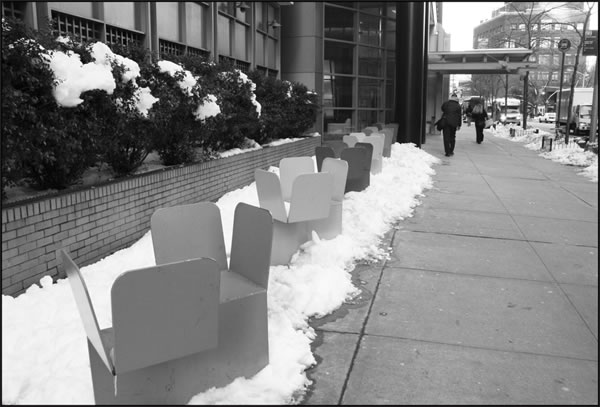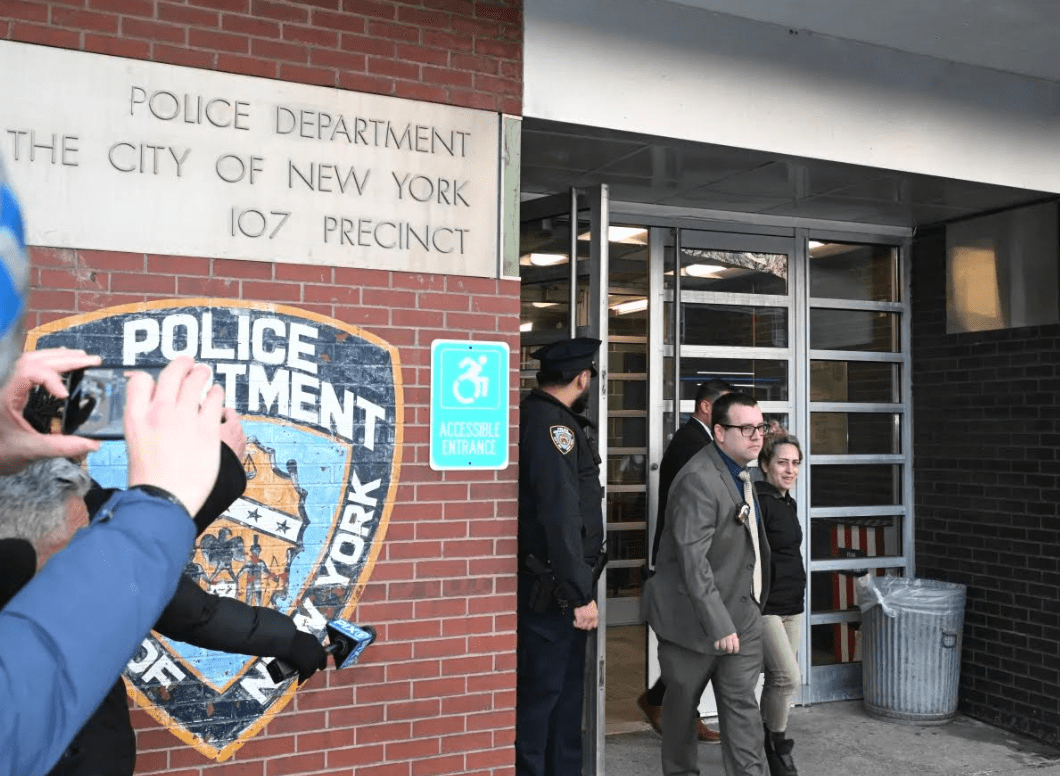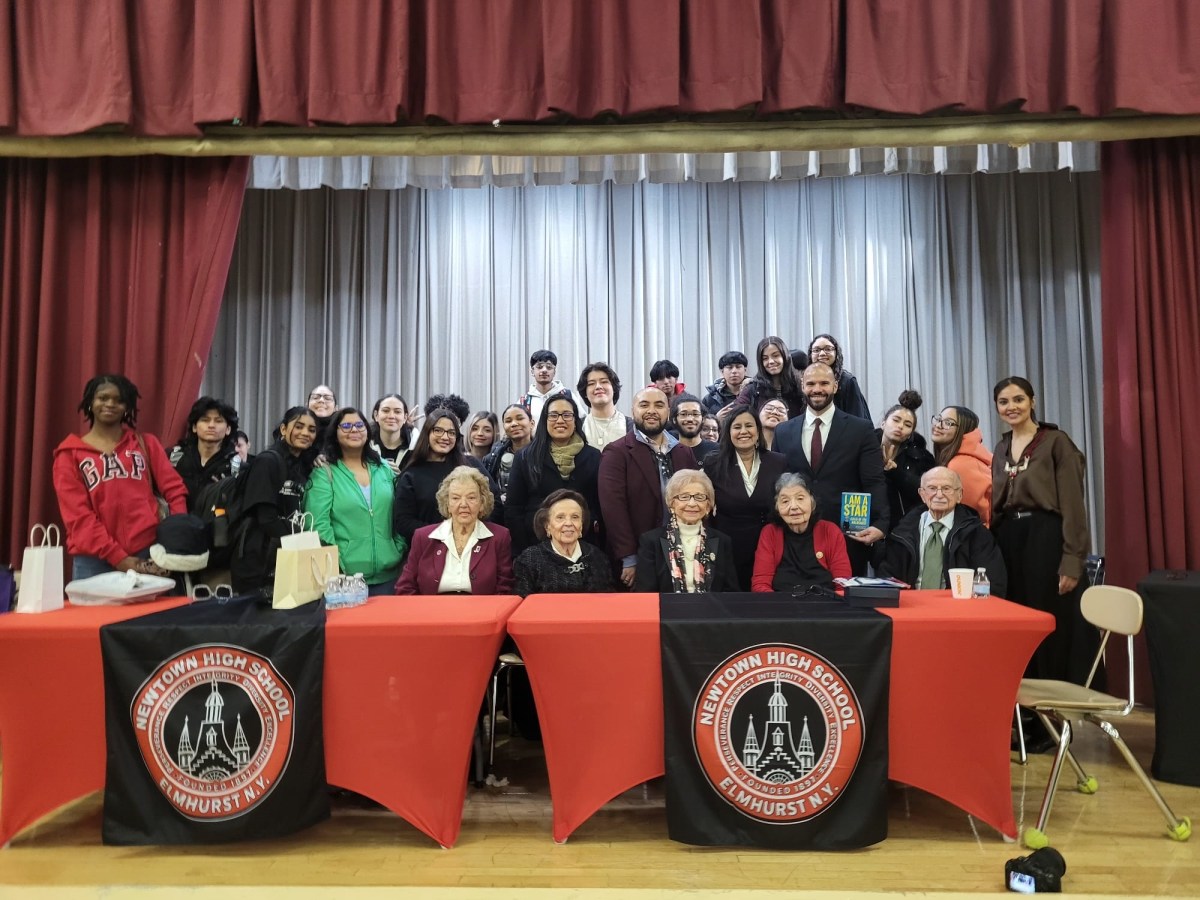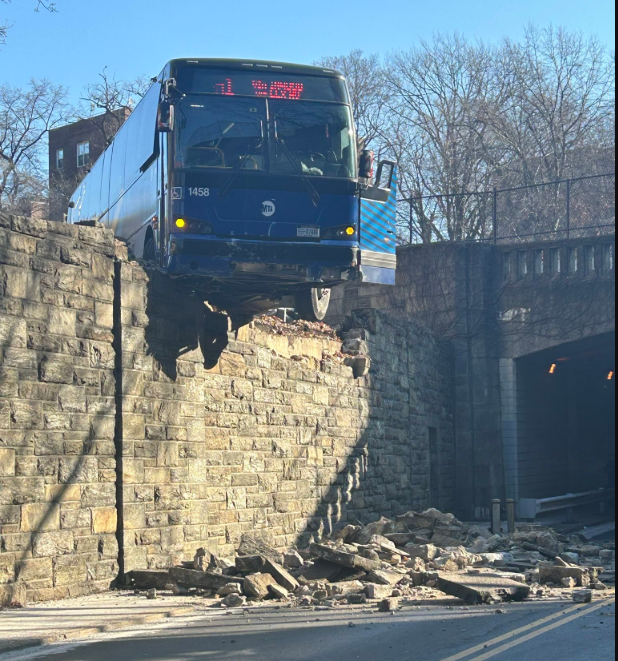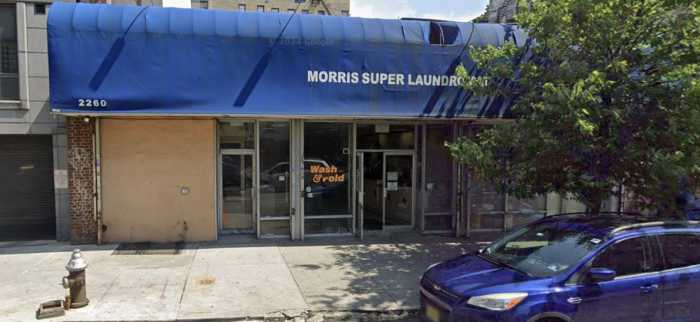BY Aline Reynolds
Workers and residents near Water Street will have an added incentive to eat and schmooze outdoors in the summer months, thanks to a new city plan to spruce up the area’s open spaces.
The city’s Department of City Planning proposed a modification in the zoning of arcades in and around Water Street to enrich its streetscape and promote economic welfare of its businesses. The Water Street corridor connects visitors from the South Street Seaport to the Staten Island Ferry terminal.
“Although Water Street is a main corridor for Lower Manhattan’s financial core, it is a lackluster environment for pedestrians, with underutilized arcades and few active ground-floor uses,” said City Planning Commissioner Amanda Burden.
The zoning change would allow for the installation of year-round tables, chairs umbrellas and litter receptacles in the seventeen arcades situated along Pearl, South and Fulton and Whitehall Streets. Many of them now lack amenities for pedestrians.
Creating lively and attractive meeting spots for pedestrians, Burden said, is key to promoting retail corridors Downtown and around the city.
“By allowing tables and chairs to locate in Water Street arcades,” said Burden, “this proposal will help the street reach its potential as a vibrant and dynamic place where office workers, residents and tourists will be able to have their lunches, or simply rest and linger, under the shelter of public arcades.”
Several people that work in businesses on Water Street are optimistic about the project.
“I think it’s going to help all the businesses on the street,” said Au Bon Pain General Manager Tara Marcelle, in terms of attracting tourists and new regulars to the eateries.
Joey Ramach, manager of Flavors Café at 175 Water Street, said additional outdoor seating would “send the right signals” to pedestrians. Though the café already sets up tables and chairs of their own during the summer months, Ramach said there is always a need for more outdoor public seating.
“It’s good when you see people sitting outside in front of the stores,” said Ramach. “It would be more encouraging for other customers to come in the cafes.”
“The location will look much better than before,” echoed Danny David, manager of Water Street Deli and Pizza. It might not help out the businesses, he said, but it would attract more nearby residents outdoors.
Gloria Veelez, who works in the building at 60 Water Street, agreed that additional outdoor seating would enhance the street’s ambience. “It’s a good idea for the summertime,” especially, she said, when she and her colleagues enjoy their lunch breaks outdoors.
Not everyone, however, is in favor of the idea. Jenny Lee, who works at Café Water at 130 Water Street, said that extra seating could pose problems on rainy days, when water tends to accumulate on the sidewalks.
Judith Goldiner, an attorney at the Legal Aid Society, at 199 Water Street, said she would prefer to see additional seating along the waterfront.
“I think people would buy sandwiches or salads and walk over to the water,” said Goldiner. “As you walk North or South, there’s not a lot.”
Landi Edwards, a criminologist who works at 199 Water Street, fears the outdoor furniture could block wheelchair access to the street. Edwards commutes everyday from Queens via Access-A-Ride.
“If it’s going to cause traffic or [lane] closures, it could cause a problem,” said Edwards. “I’m not against it, but I hope they take that into consideration.”
A Department of City Planning spokesperson, however, assured that street lane closures are not expected, and that the proposal applies only to the arcades and not to other parts of the sidewalk. The proposal also requires a clear path of three-to-six feet in the arcades.
The zoning change proposal carries out the missions of PlaNYC, Mayor Michael Bloomberg’s 25-year initiative that involves fixing up underutilized streets, sidewalks and other public spaces in communities around the city.
The plans for Water Street, according to Burden, “further Lower Manhattan’s transformation into a mixed-use, 24/7 neighborhood, where people can live, work, shop and recreate in a walkable, bikeable community.”
Community Board 1 and Manhattan Borough President Scott Stringer have 60 days to make recommendations about proposed zoning change. It will then be handed back to the City Planning Commission for a public hearing and vote before it is submitted to City Council for final approval.
If all goes as planned, tables and chairs could be installed as soon as the summer, according to City Planning.
The project, if approved, will coincide with several other urban planning projects the city is undertaking Downtown, such as the overhaul of the East River Esplanade; security and street improvements to the New York Stock Exchange; and pedestrian and retail enhancements to Fulton Street.



